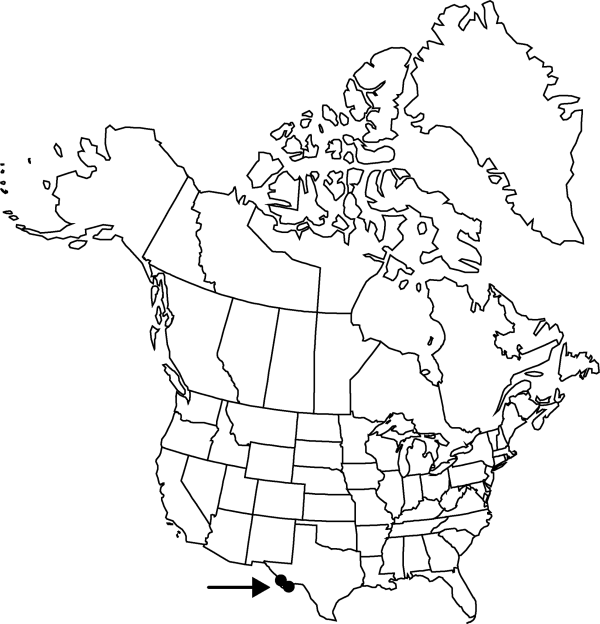Acleisanthes angustifolia
Novon 12: 60. 2002.
Plants woody at base or throughout, overall moderately pubescent, with glandular hairs, also with minute white, curved, flattened, or T-shaped hairs. Stems erect or decumbent, sparsely leafy, 30–150 cm. Leaves dark green, often purplish, drying dark grayish green, sessile or petiolate, those of a pair slightly unequal, gradually reduced toward inflorescence, leathery-succulent; petiole 0–3 mm; blade linear, narrowly oblong, or lanceolate, 5–32 × 1–7 mm, base tapered, margins entire, apex acute or rounded and apiculate. Flowers 1(–2) in axils of distal leaves; pedicel 1–3 mm; perianth 10–15 mm, tube dark greenish yellow, limbs dull brownish orange, 6–8 mm diam.; stamens 5. Fruits 5–7 mm, puberulent with white flattened hairs; wings 1.5–2.5 mm wide.
Phenology: Flowering late spring–early fall.
Habitat: Arid, well-drained, often rocky, igneous, calcareous, or gypseous soils
Elevation: 600-1000[-1800] m
Distribution

Tex., Mexico (Chihuahua, Coahuila, Durango).
Discussion
Selected References
None.